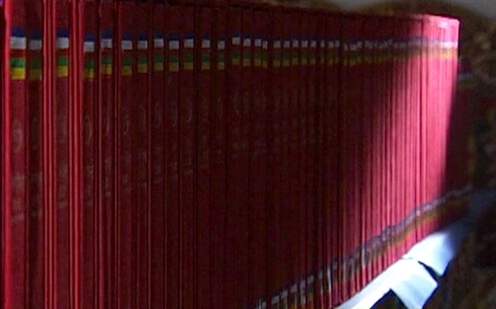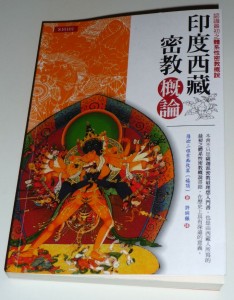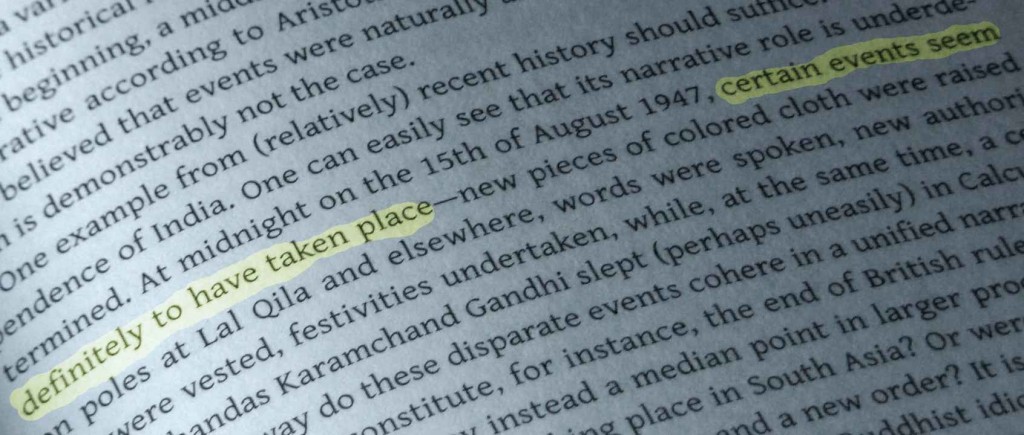 Tachikawa, Musashi. Essays in Buddhist Theology. Delhi: Motilal Banarsidass, November 2012. ISBN-13: 978-8120835405. INR 500. [official]
Tachikawa, Musashi. Essays in Buddhist Theology. Delhi: Motilal Banarsidass, November 2012. ISBN-13: 978-8120835405. INR 500. [official]
A translation of Budda no tetsugaku (1998) [corrected].
Cover note
“Buddhism does not recognize a concept of the existence of God (theos) such as found in Christianity, but here theos is not used to refer only to an absolute deity like the Christian god. By “theology,” the author means the systematic delineation of the confrontation with the condition of the times while carrying on the engagement between the divine and oneself.
Continue reading “Tachikawa, Essays in Buddhist Theology (2012)”






 Tachikawa, Musashi. Essays in Buddhist Theology. Delhi: Motilal Banarsidass, November 2012. ISBN-13: 978-8120835405. INR 500. [
Tachikawa, Musashi. Essays in Buddhist Theology. Delhi: Motilal Banarsidass, November 2012. ISBN-13: 978-8120835405. INR 500. [